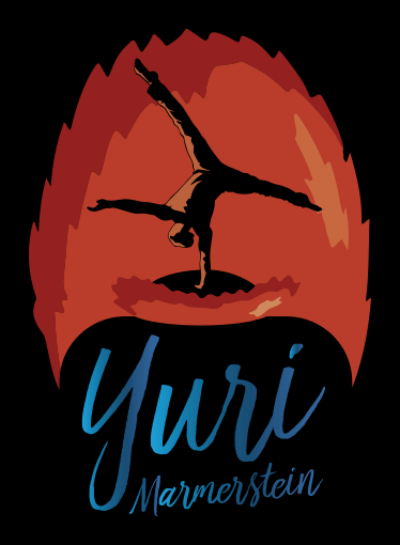"Before I studied the art, a punch to me was just like a punch, a kick just like a kick. After I learned the art, a punch was no longer a punch, a kick no longer a kick. Now that I've understood the art, a punch is just like a punch, a kick just like a kick. The height of cultivation is really nothing special. It is merely simplicity; the ability to express the utmost with the minimum. It is the halfway cultivation that leads to ornamentation. Jeet Kune-Do is basically a sophisticated fighting style stripped to its essentials."
-Bruce Lee
I know that Bruce Lee quotes can be overused these days. Let me explain how this particular one is an excellent metaphor for how to learn skills at different levels.
Different stages of skill development can require different methods of learning in order to maximize progress.
Beginners will make gains the most easily and quickly. This is the stage where to a degree you can get better just by showing up. It is best to keep things as simple as possible here: attempt to do the movement as best as you can without over analyzing.
Many beginners make the mistake of trying to think too much and thus hinder their own progress. Learn how to drive your car before worrying about the traffic laws.
We have a very limited amount of concentration we can allocate to different facets of the skill being performed. As a beginner, it's important to know where to place the focus. This way you can create a good base to build upon.
In terms of handstands, one of the things many beginners need to focus on is bypassing the survival instinct. Often times the body needs to be assured that the position is safe and comfortable.
Beginners should be focused on building comfort in the position. Once the survival mechanism is broken, we can focus on a little bit more on alignment and body tension. Still, it's best to keep things as simple as possible while we acclimate to the new stress on the body.
Intermediate level is where we can start to add some thought and complexity after the fundamentals have been taken care of. In handstands, we can be more picky on the alignment, weight distribution over the hands, balance corrections, etc. The idea is now to think a bit more over the purpose of every movement and body part. The theoretical stage is very important to be able to eventually individualize your technique. Find out what works well for you, what doesn't, and learn how to apply both.
Avoid getting caught up in too much thinking though, it's still important to maintain a ratio between thought and action.
At an advanced level, we attempt to purify the skill. Purification is achieved through trimming down what is extra. After the thinking stage is over, we should now have a good idea of the technique we are using. We want to take these techniques and make them happen without conscious thought. The advanced stage of skill development is about refinement through doing less.
At a high level of refinement in a handstand, you can think of every visible movement or balance correction as an error.
This is where things can get a little confusing. Students of different levels working on the same skill can sometimes receive opposing advice. It's not about right or wrong, it's about finding the right cue for the level and situation.
Using the base handstand as the example, here are some oversimplified situations of advice I may give people of different levels to improve the same movement.
All the more reason to keep an open mind since a concept you learn as a beginner may change completely once you have developed yourself.
HANDS
Beg: More weight over the hands
Int: Engage the fingers more
Adv: Relax the fingers
HIPS
Beg: Hips up
Int: Open the hips
Adv: Still your hips
SHOULDERS:
Beg: Push into the floor
Int: Open the shoulders
Adv: Lock the shoulders
BODY TENSION:
Beg: More Tight
Int: Engage/Relax this or that
Adv: More relaxed
BALANCE:
Beg: Weight on top of the hands
Int: Fight more to stay up
Adv: Anticipate balance to fight less
ELBOWS:
Beg: Lock your elbows
Int: Learn how to correct balance from the elbows if need be
Adv: Lock your elbows
The purpose of all of this is to give you an idea of how ideals, techniques, and perspective can completely change throughout the course of training. As always, there is no universal clearly defined concept of right and wrong.
When learning or teaching skills, remember this:
Beginner: Do Something
Intermediate: Do More
Advanced: Do Less

